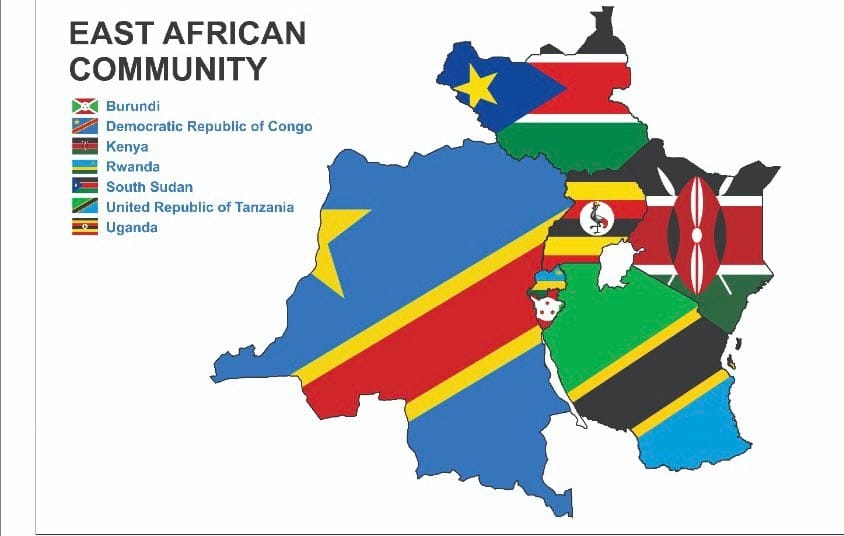
Kenya Marine and Fisheries Research Institute is carrying out a study on two endangered indigenous fish species in a bid to boost their population and improve food security.
The two species that are on the verge of extinction used to be the main catches of Lake Victoria in the early 1950s.
Oreochromis Esculentus (commonly known as Ngege) and Oreochromis variabilis (Mbiru) will soon complement the two delicacies popularly known as Nile perch and Nile tilapia species which are commonly consumed in Kenya.
Speaking at Kegati Aquaculture Centre in Kisii Central Subcounty, KEMFRI Assistant Director Aquaculture Paul Orina said the Ngege and Mbiru, also known as Tilapia Singida and Victoria Tilapia, respectively, are the original Tilapines of Lake Victoria and its neighbouring lakes.
Orina said the lakes have been dominated by the Nile Perch which has been found to thrive better around the globe's water bodies.
He said the introduction of Tilapia Niloticus which is the common aquaculture fish in Kenya, and Nile perch had contributed immensely to the decline of the indigenous species.
“Our mandate is to research and conserve the traditional genetic material for Ngege and Mbiru at the lake region and bring them back to avoid overreliance on one or two species for food,” Orina said.
The research, which has support from Boston University in the United States, Rio Fish and PlusFish Philantropy, is mainly focusing on their performance and nutritional value to find out if it supersedes that of Niloticus then it can be used to improve the country’s food security as per the government’s agenda.
The research is also seeking to see if the fish characteristics will make it easily acceptable to the local community, including the youth, women and the disabled who practice aquaculture in fish cages and ponds.
“We are bringing on board a subsector that is able to make economic meaning to our communities and especially women, persons with disability (PWD), and the youth to these enterprises, create employment, improve food security and nutrition,” Orina said.
Kenya is working with Uganda and Tanzania in the research, looking at Sustainable Development Goals (SDG 17), which promotes partnership in terms of research in East Africa, to ensure the species finds its place in aquaculture in the region.
According to Orina, the challenges encountered in the research include the struggle in the first generation of the fish under research because of the change from the natural environment to cages or ponds, and poor performance compared to the niloticus.
He said the increase in human population and growth of cities along the lake including Kisumu, Mwanza, and Jinja has contributed to low fish population because of waste from settlements and agricultural chemicals.
Use of wrong fishing gears and destruction of breeding grounds has caused pressure on the fish population.
Oriya said the solution includes subjecting the fish to a breeding programme just like what the Nile Tilapia had gone through over the years, for traits of high performance can be selected and be subjected to equal competition in the aquaculture.
“Having this fish on board will improve not only the quantity but good diet too, mainly protein and high essential fatty acids,” he said.

















